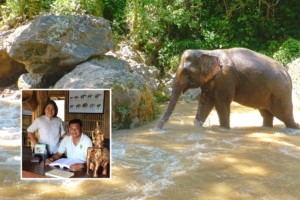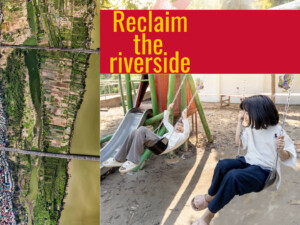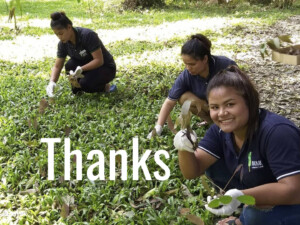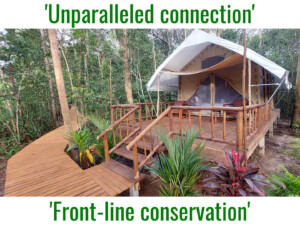Leveraging your travel budget: A socially-responsible Siem Reap itinerary
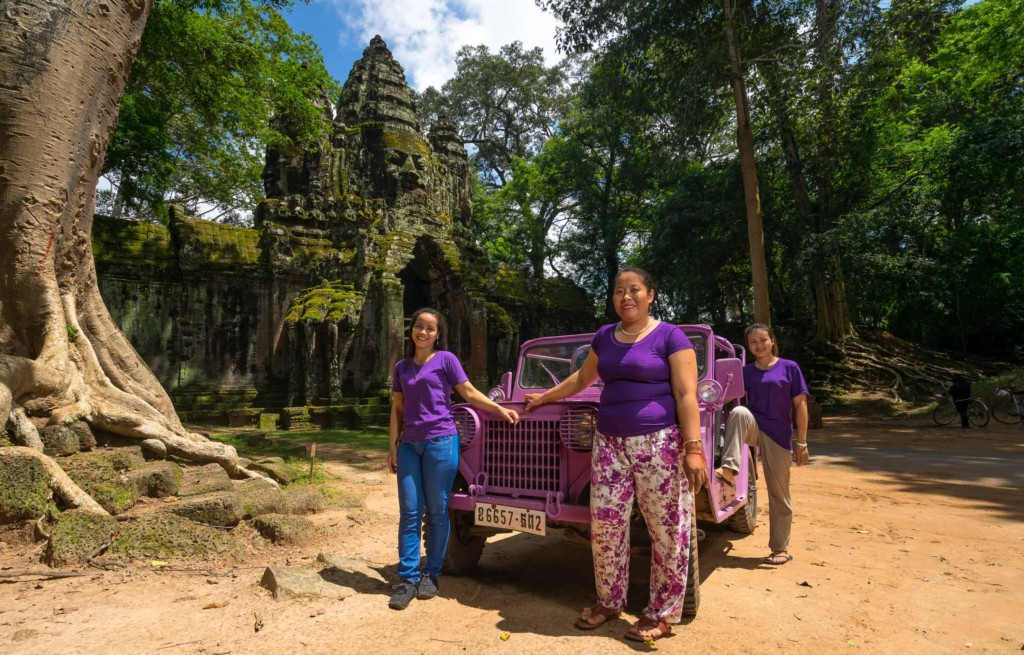
Siem Reap, Cambodia is an ever-growing travel destination. After years of genocide followed by 20 years of instability and civil war, the country has stabilized and has become a darling of the ASEAN region, with a fast-growing economy, better infrastructure, and an overall improvement in the human development index and quality of life.
The tourism economy continues to play a critical role. According to the World Travel & Tourism Council, revenue generated from the travel industry alone accounted for 28.3% of Cambodia’s total GDP. In addition, tourism accounted for 25.9% of total employment in the country. The majority of this is in Siem Reap province, the home of Angkor Wat.
However, while tourism revenue is up, it tends to be dominated by international, group tour companies from emerging Asian economies. Called Zero-Dollar Tours, these providers control and extract as much of their customers’ spending as possible, returning it to the provider in the tourist’s country of origin. As a result, many local businesses are left out, with Cambodians in the service and transportation sector bearing the brunt.
Due to this, it is important for conscientious tourists to try to make up for this shortfall. By leveraging their travel budget and choice of tour provider, backpackers, families, and even luxury travelers can ensure their tourist dollars are used in an environmentally and socially responsible manner, prioritizing the well-being of residents.
To help you along the process, we have put together a responsible Siem Reap itinerary, allowing you to maximize your impact while visiting the Kingdom of Cambodia.
Experiencing the Temples & Countryside with Lavender Jeep
When in Cambodia, choosing the means by which you travel plays a vital role in your overall impact. Travelers have options in Cambodia — from fancy, Lexus taxis to tuk-tuks (rickshaws) and motodops (moped taxis). When getting around town, the obvious choice is by tuk-tuk. Drivers tend to be lower-income residents that come from the countryside and benefit immensely from fares. In addition, it is a one-of-a-kind experience and this method of transportation is typically unavailable back home.
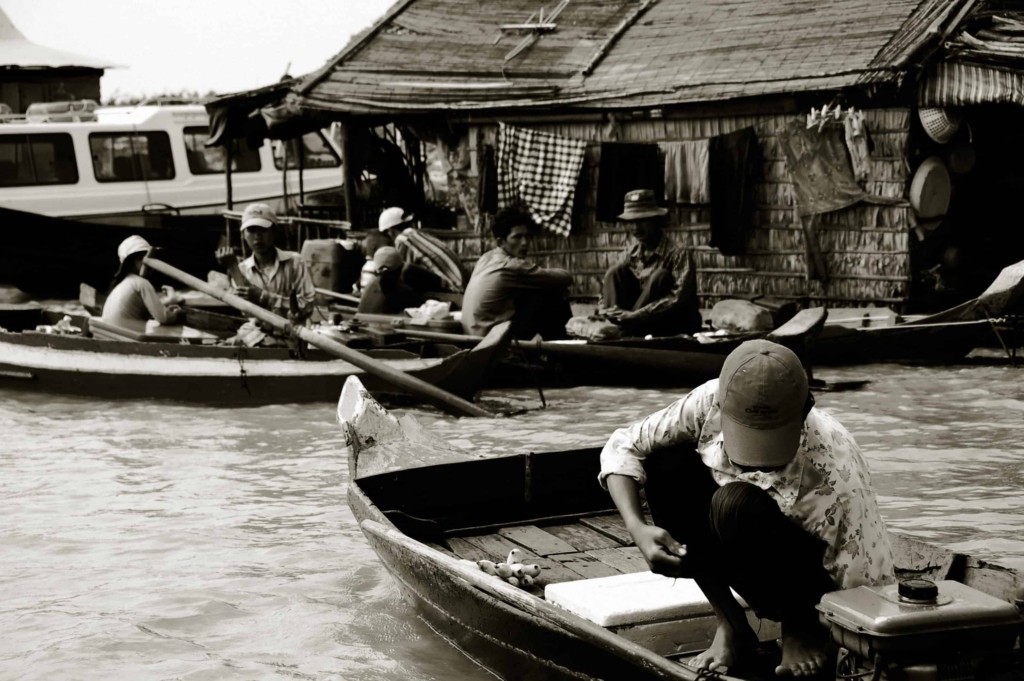
There are many ways to visit the Tonle Sap lake, both on your own or with groups, but no matter your preference, conscientious travelers know it is best to choose community-based tour providers when possible.
However, if you are looking to visit the temples or interested in more rural tourism, consider a tour with Lavender Jeep Siem Reap. This company offers tours of famous sites (including Angkor Wat) in a military jeep. The company is unique in that it is the only transportation provider structured as a cooperative. Women entrepreneurs who drive the cars are shareholders in the business, with profits shared between them and a local NGO educating Khmer women. Another benefit is that drivers come from the villages visited, allowing you to experience these communities in a more personal, authentic way.
A Day Out on Tonle Sap Lake
After the temples, the most visited site in Cambodia is Tonle Sap Lake. It is considered the lifeblood of the country, as its two billion dollar fishing industry is responsible for feeding tens of millions of people in Cambodia and the great Mekong region. Tonle Sap is a UNESCO Biosphere Reserve, home to endangered birds and other wildlife. It is also home to hundreds of thousands of Cambodians who live on the lake in stilted and floating homes. For this reason, it is a favorite day trip for travelers visiting Siem Reap as well as a site Cambodia’s Tourism Ministry hopes to expand and support.
There are many ways to visit Tonle Sap, both on your own or with groups, but no matter your preference, conscientious travelers know it is best to choose community-based tour providers when possible. For visits to Kompong Khleang, considered the largest and least visited floating village, go with Community First: Kompong Khleang Floating Village Tours. This tour company was founded and is staffed by locals from the village. Profits from the tours are donated to an NGO that provides computer classes, a kindergarten, and a sewing cooperative in Kompong Khleang.
If you have more time in Cambodia, you can also spend a few days with Osmose. They were one of the first ecotourism providers in Cambodia and work in Prek Toal, several hours by boat from Siem Reap. There they have helped protect endangered birds and currently provide medical, social, schooling and employment opportunities for residents on the lake.

Visiting Phnom Kulen makes for a great day trip. It allows you to see an ancient pagoda, Linga statues, and a massive waterfall.
Discovering Cambodia’s Origins with Kulen Revealed
Phnom Kulen Mountain is a national park located about 55 km from Siem Reap. For many years it was nearly forgotten due to the focus on the excavation and restoration of Angkor Wat, the largest religious site in the world. More recently, archaeologists have pivoted to Kulen, and modern LIDAR technology has allowed researchers to see the scope of this ancient site.
Visiting Phnom Kulen makes for a great day trip. It allows you to see an ancient pagoda, Linga statues, and a massive waterfall. It also trekking and climbing opportunities in Siem Reap. Kulen Revealed is an ecotour company focused solely on providing Phnom Kulen tours. Featuring guides from the area, these tours go beyond sightseeing, introducing guests to Kulen’s ecology, wildlife, religious and historical purpose as well. These tours support Angkor Centre for the Conservation of Biodiversity, an education and conservation centre, as well as Bridge of Life School, which provides educational programming near Kulen.
In Summary
There truly has never been a better time to visit Siem Reap and Cambodia, nor a better time to do it in a positively impactful way. Cambodia has come a long way since the Khmer Rouge and subsequent civil war, but, as you will see during your travels, it still has a way to go. Planning your itinerary with this in mind can help you have a more authentic experience and be part of the Good Tourism movement.
This is a SPONSORED POST by Lavender Jeep Siem Reap, which was founded to create employment opportunites for women and fund educational programming primarily benefiting young women and mothers. Lavender is unique in that it is the only tour company in Siem Reap structured as a co-operative. Staff members are shareholders in the company, earning a base salary and 30% of the profits. The remaining profits are transferred to Bridge of Life School, a not-for-profit organization providing free educational programming in the countryside — to pay it forward and educate the next generation of women.
Lavender participates in socially-responsible travel by making women’s rights and empowerment a core part of its mission. They do this by choosing to train and employ women from backgrounds that are traditionally stigmatized in Cambodia. This may include single mothers, women who did not finish school, families with large debt loads, and other issues. Lavender does not discriminate based on color, religious beliefs, sexual orientation, age or marital status — we welcome all and, in doing so, encourage society to do the same. Learn more about Lavender at www.lavenderjeepsiemreap.com.
Related posts


